Bargain: Hisense 55A7GQ Quantum Dot 55-inch TV Review

Hisense 55A7GQ TV leaves a very interesting experience. On the one hand, thanks to the quantum dot screen, it is a cut above the picture quality of any LCD TV, and the fast "flying" proprietary operating system is a breath of fresh air after the thoughtful Android TV. On the other hand, the minimum cost of a TV compared to competitors with OLED and the same quantum dot has its price - inexpensive plastic of the case, the picture still loses to OLED TVs in terms of brightness and juiciness. And all the advantages in the speed of the VIDAA operating system are compensated by the lack of applications. The end result is an interesting TV for those who want the best picture quality for the least amount of money and are not going to use any applications other than streaming video services - from YouTube and Netflix to Megogo and Sweet.TV. In general, everything is as we love.
Hisense 55A7GQ VS Competitors: LG 55NANO77 & Samsung QE55Q60A
Best Price 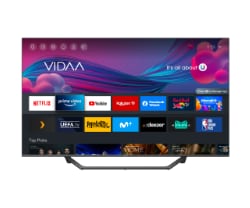 |
|
Check the price |
Adapted for Games 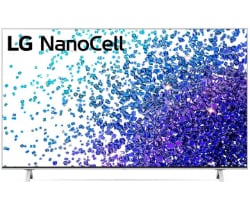 |
LG 55NANO77
|
Check the price |
Replaces PC 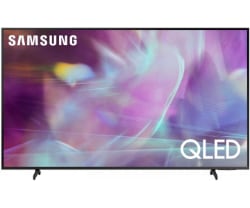 |
Samsung QE55Q60A
|
Check the price |
5 Reasons to Buy Hisense 55A7GQ TV:
- If you are looking for the best price among 55" high brightness TVs
- You are annoyed by the regular brakes of Android TV and you are looking for a nimble smart platform
- You don't need any applications other than OTT services
- If good sound with support for Dolby Atmos is among your preferences
- If perfect working with voice commands is what you need
3 reasons not to buy Hisense 55A7GQ TV:
- The budget allows you to buy an OLED TV
- If support for HDMI 2.1 is critical for you
- A tiny set of applications on the platform with no prospects for their growth in the future
Hisense is the largest player in the Chinese market and one of the 10 TV manufacturers in the world. Today Hisense is on the beaten track by Korean companies (which bypassed the Japanese at one time), offering the same technological capabilities as the Koreans, but 10-20% cheaper. The key difference between Hisense and other Chinese TV manufacturers is the development of its own smart TV platform called VIDAA. Although Hisense's assortment also includes TVs with Android TV, they have to fight numerous competitors. Apparently, it's time for the gg editors to get to know VIDAA better, and we have a great reason in the form of the Hisense 55A7GQ TV.
Why Hisense 55A7GQ TV?
This is a TV model with a quantum dot panel, which immediately translates it into another league. The fact is that quantum dots are the only technology competing with OLED in terms of image quality. The most important thing to know is that quantum dots allow you to significantly increase control over the pixels of the matrix, increasing their brightness and, conversely, increasing the depth of black. Samsung made a bet on this technology by registering the QLED trademark, so such screens, by analogy with copiers, diapers and communicators, are sometimes called QLED, although, strictly speaking, only panels made by Samsung can bear this name. Another attention-grabbing support for Dolby Vision and Dolby Atmos technologies, which cannot be found in competitors in this price category. All this, together with the low price, makes this model an attractive purchase among all 55-inch models (if we consider all the competing technologies - OLED, QLED, Nanocell and QNED).
Design
All TVs today look like smartphones - one big rectangle. Designers compete with each other only in stand options, screen frame thickness and body materials. The stand of this TV is monolithic and stable, but the plastic is unpretentious. On the other hand - who sees that?
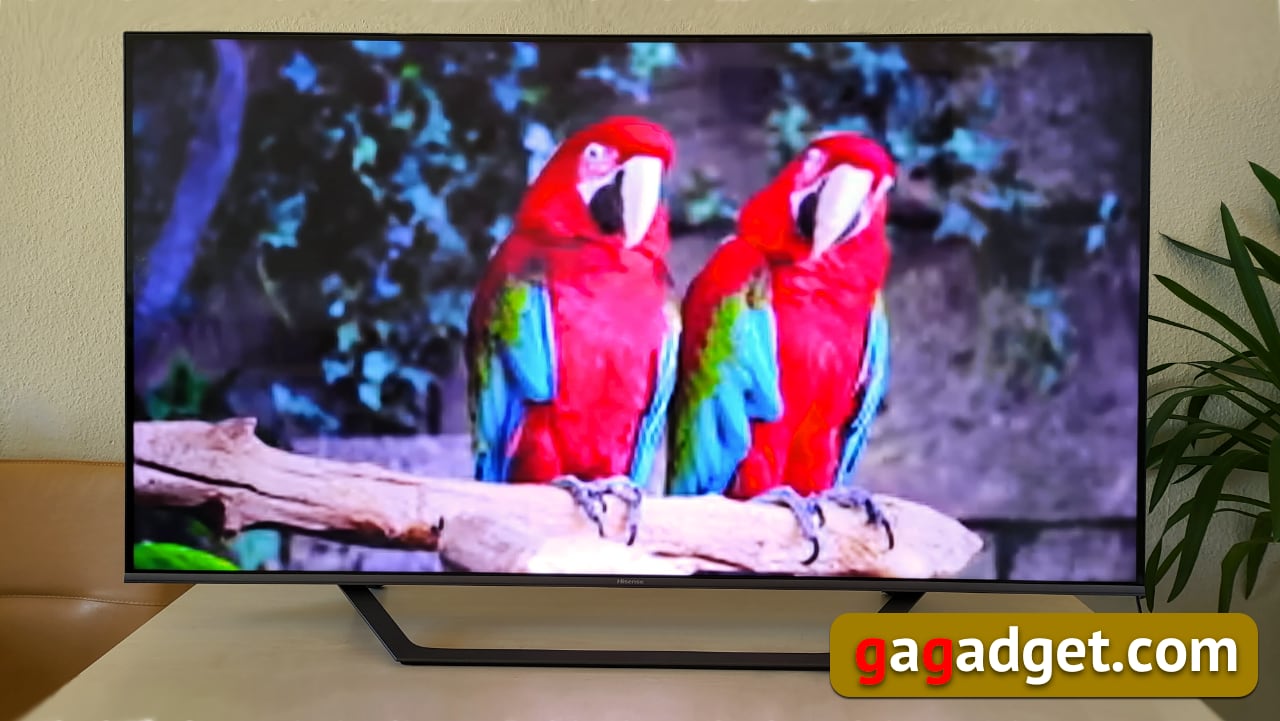
With the thickness of the frame, the designers of this TV went to the trick - the frame is really only a couple of millimeters, but the panel itself has a frame of a few more millimeters. In addition, there is a large gap between the screen and the bezel. The overwhelming majority of buyers will not even pay attention, but there are people who will be annoyed by this (however, they are hardly Hisense's target audience anyway).
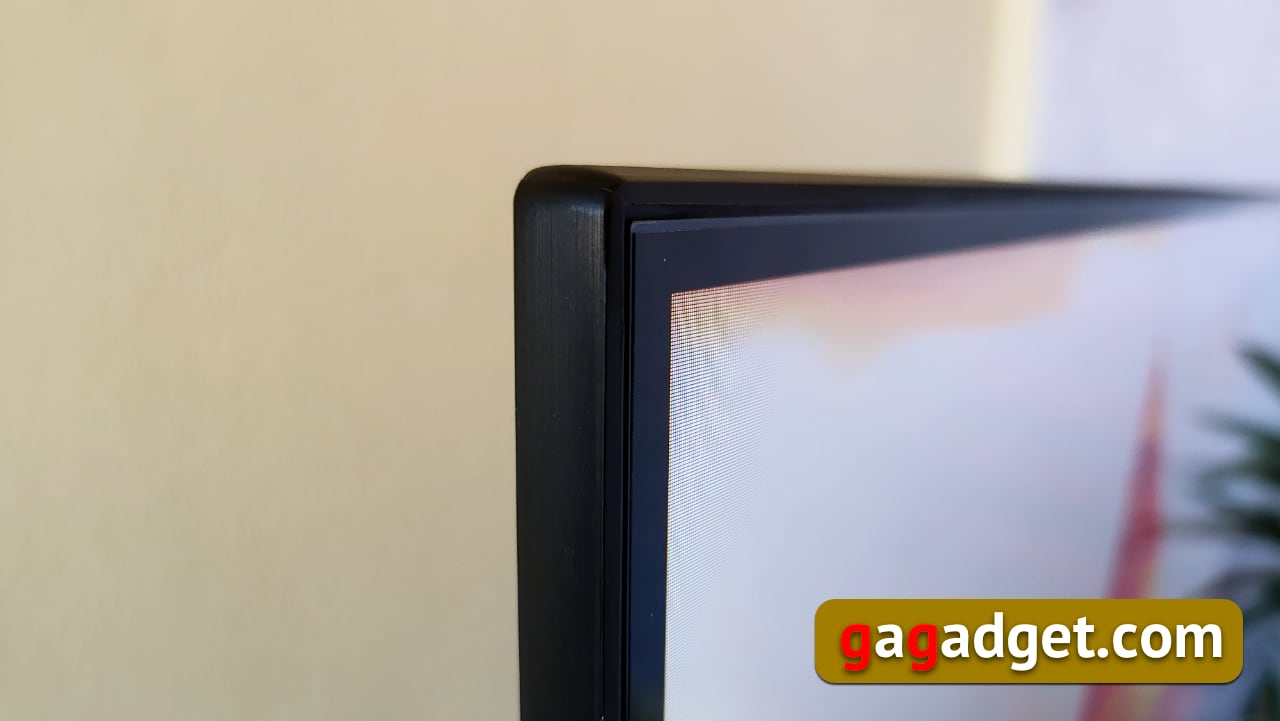

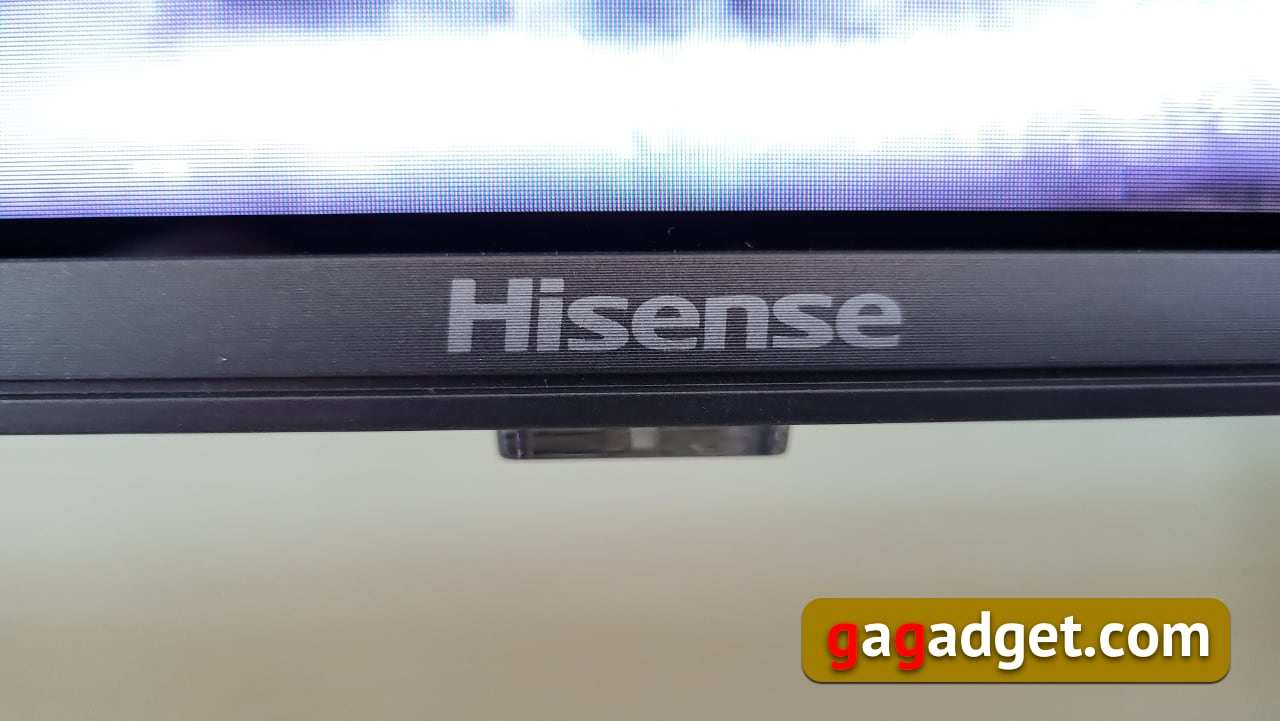
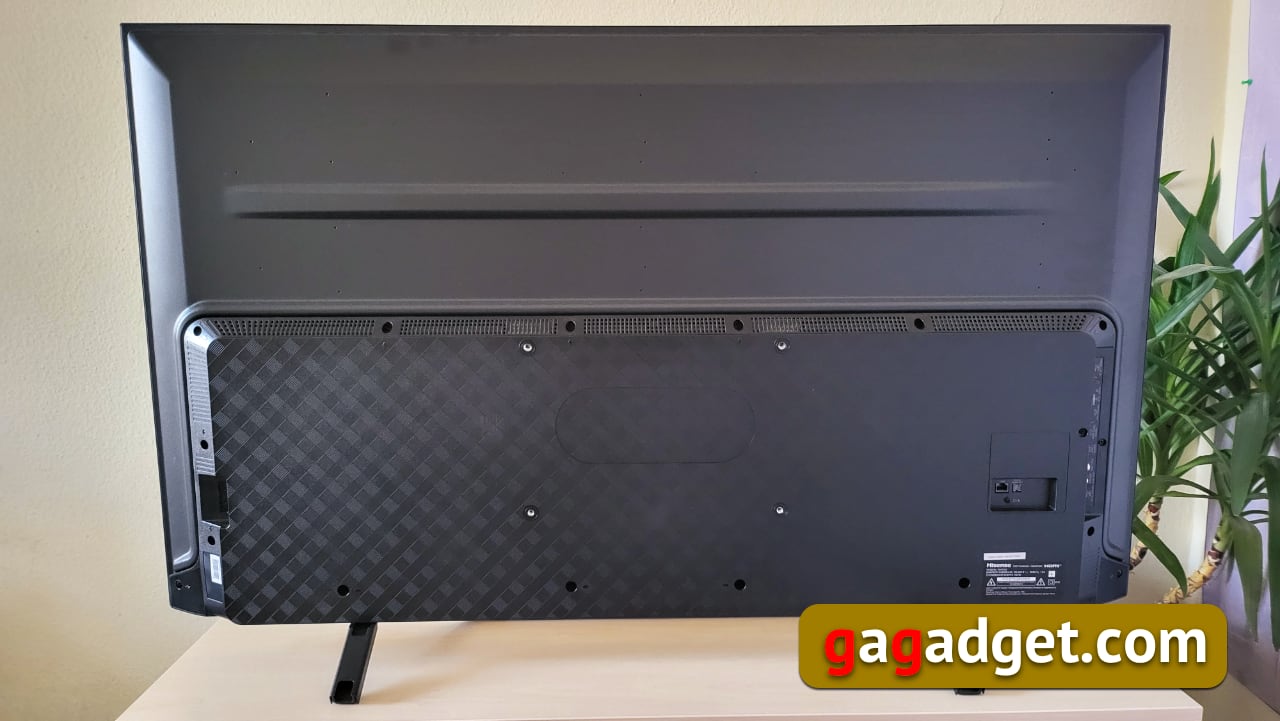
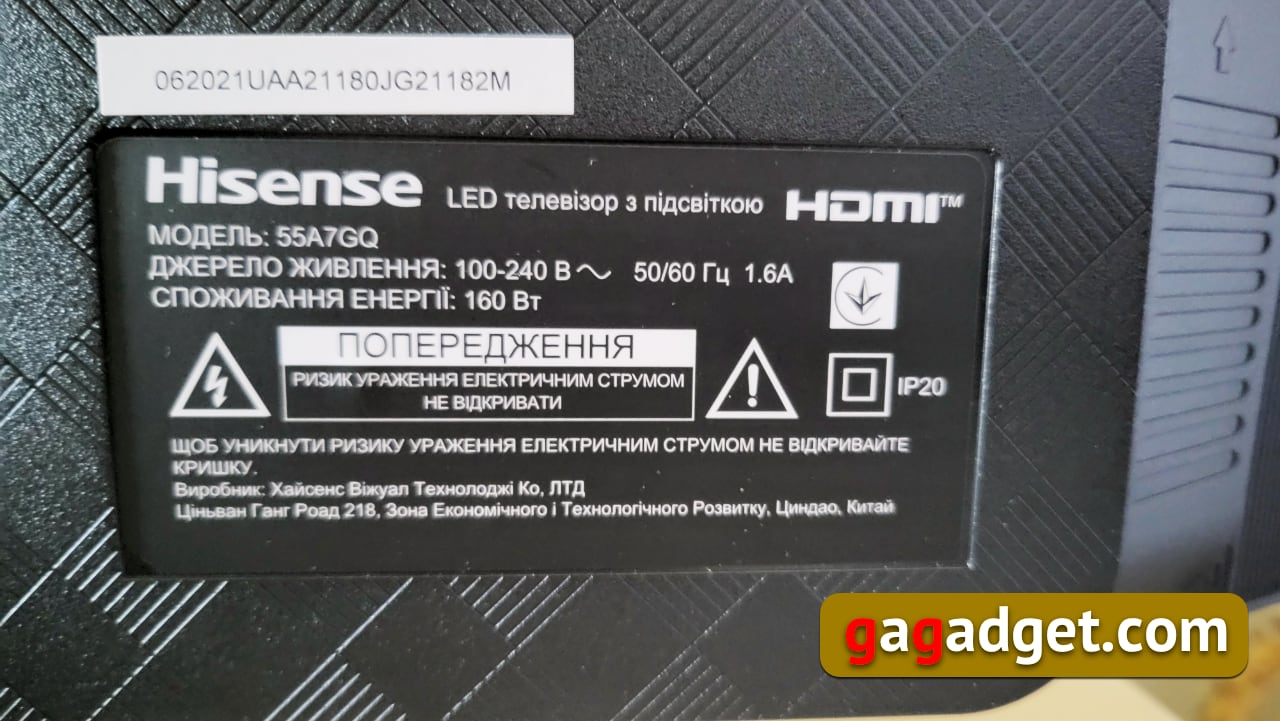
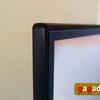
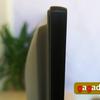
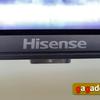
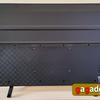
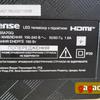
The speakers are located at the bottom and are directed downward. Today it has become the de facto standard for TVs, the screens of which have become very thin. The module for receiving an infrared signal from the remote control looks interesting. It is completely made of transparent plastic and is almost completely hidden under the main panel.
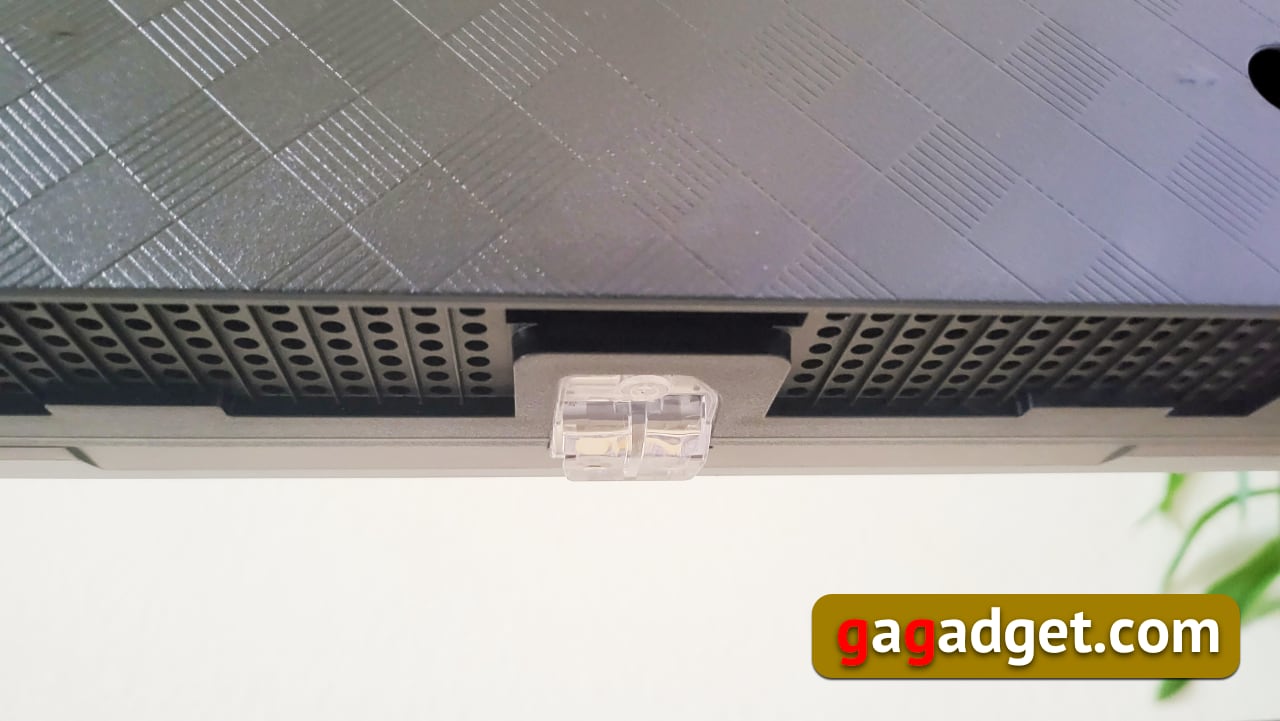
The stand has a U-shaped profile protruding forward with a long crossbar. Therefore, from the back it looks like a pair of legs, and from the front it looks like a monolith.
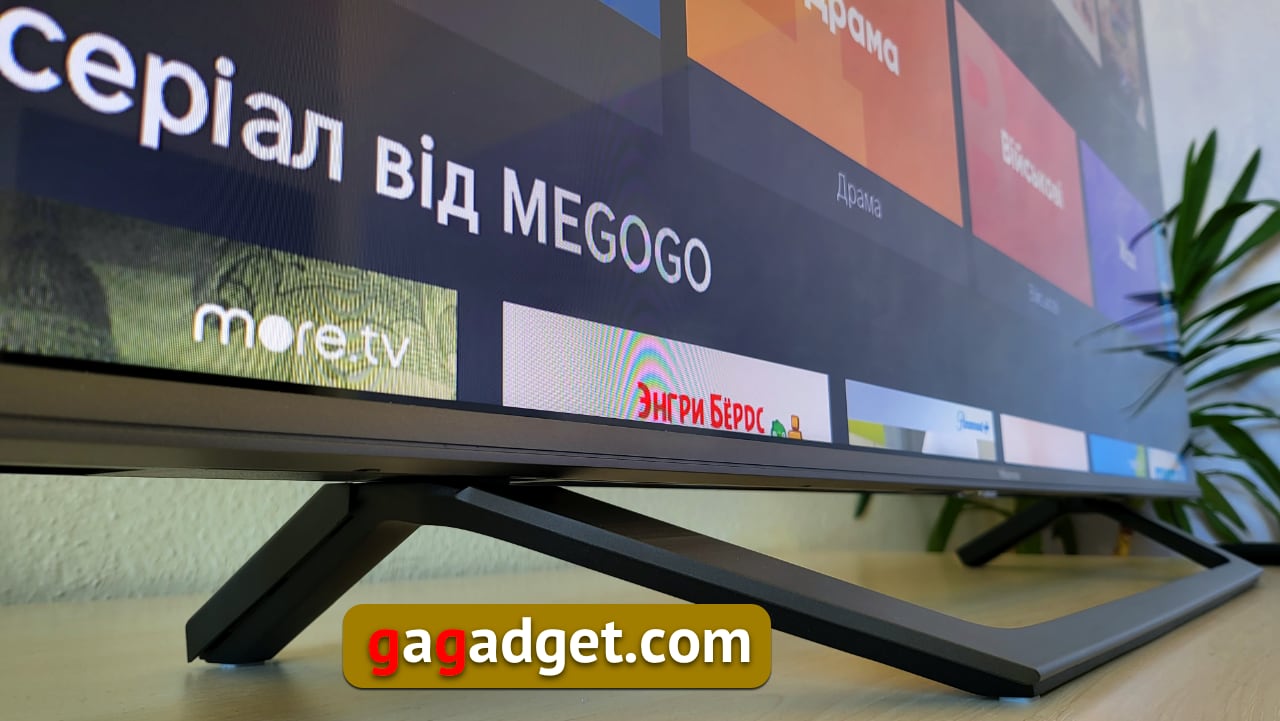
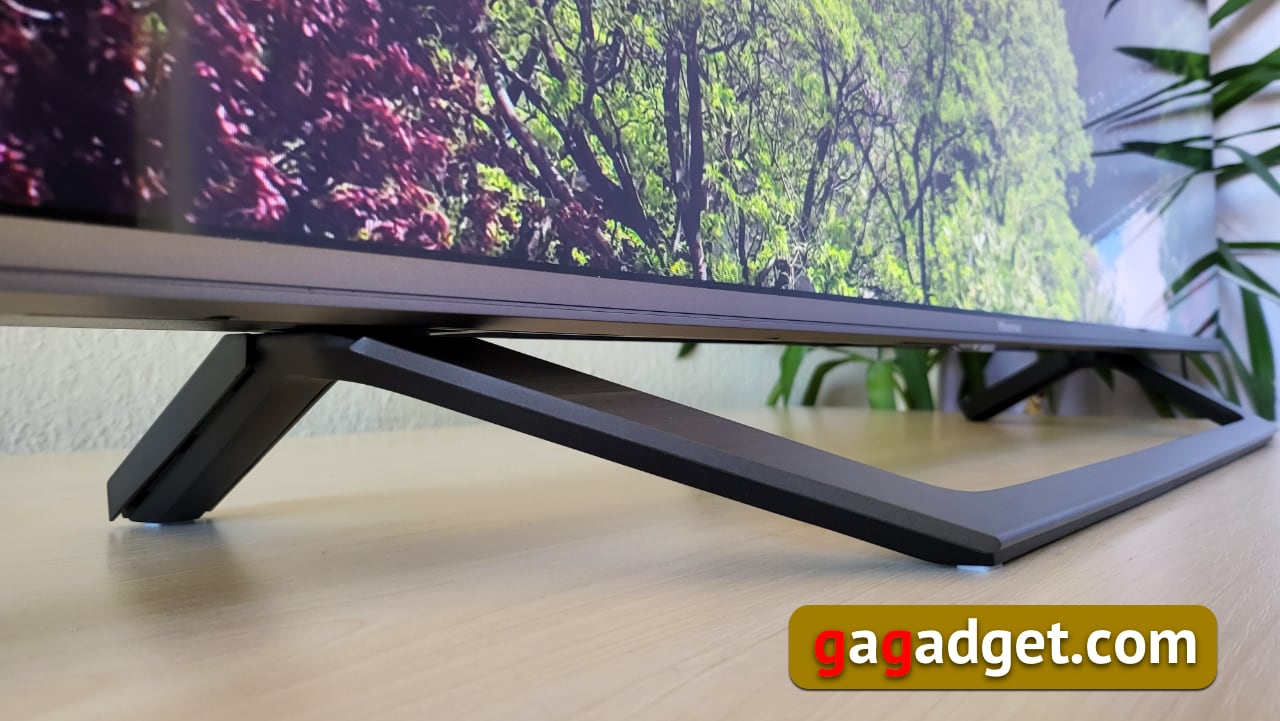

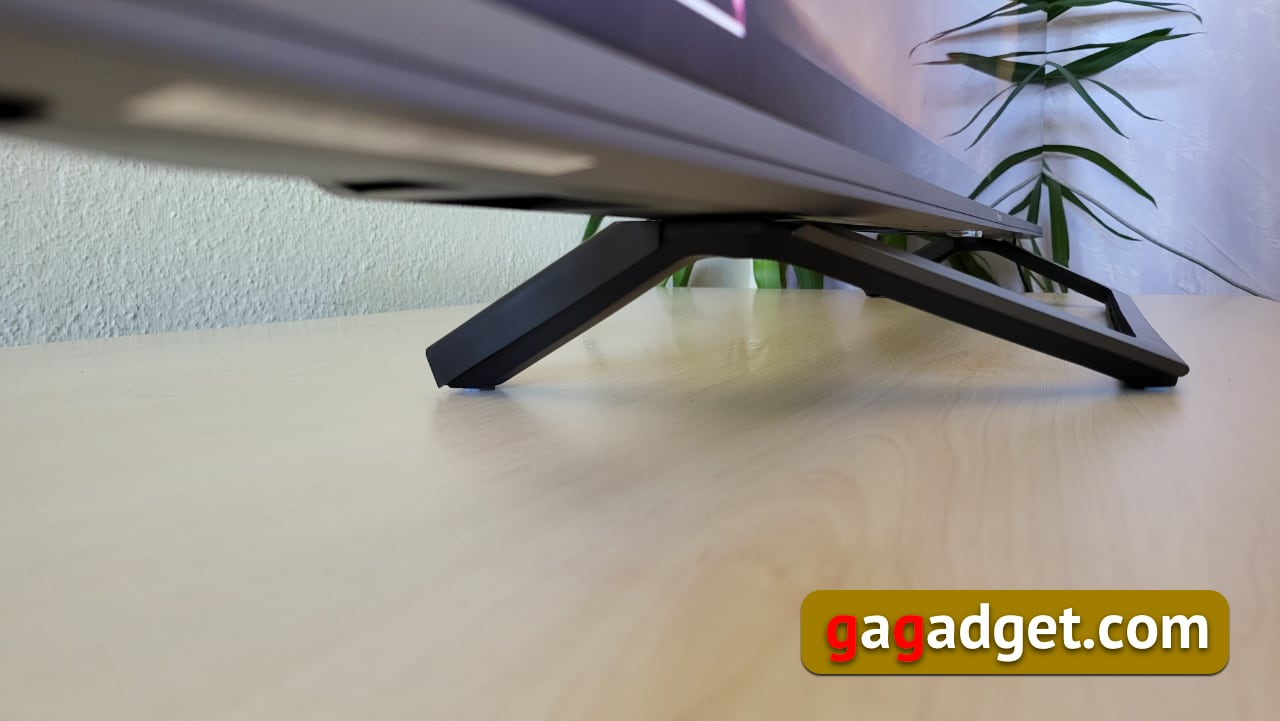
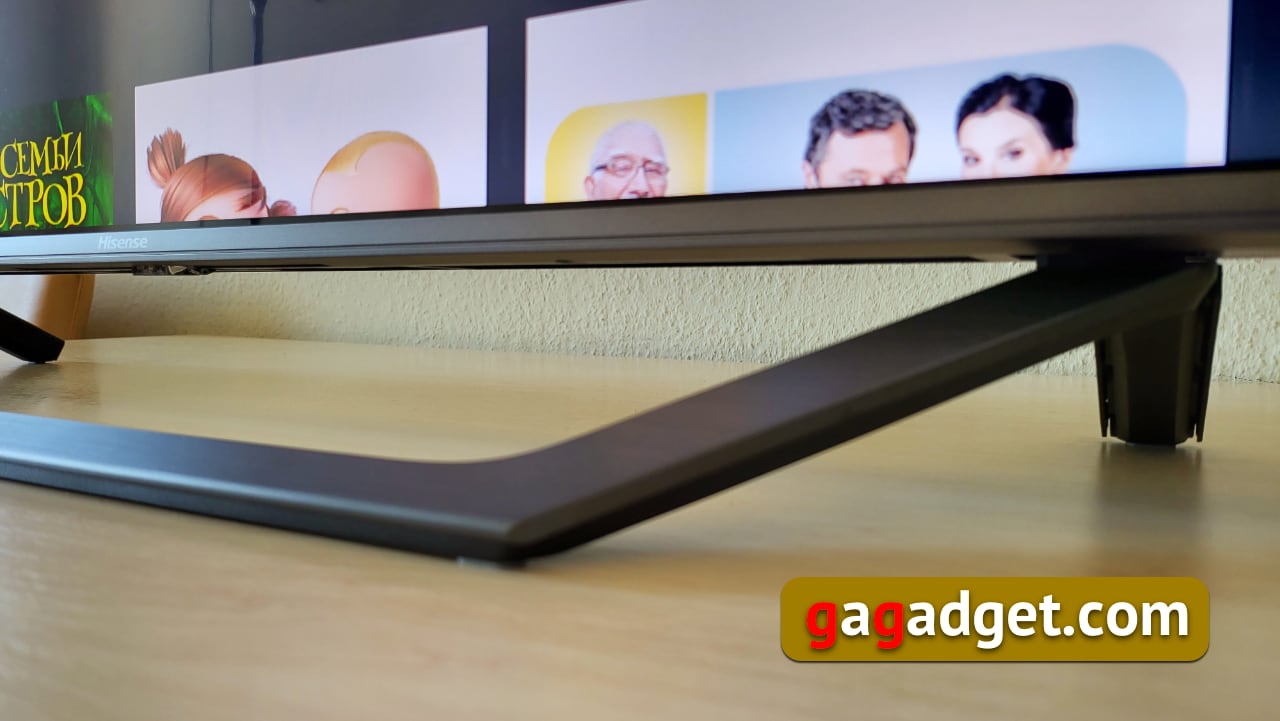
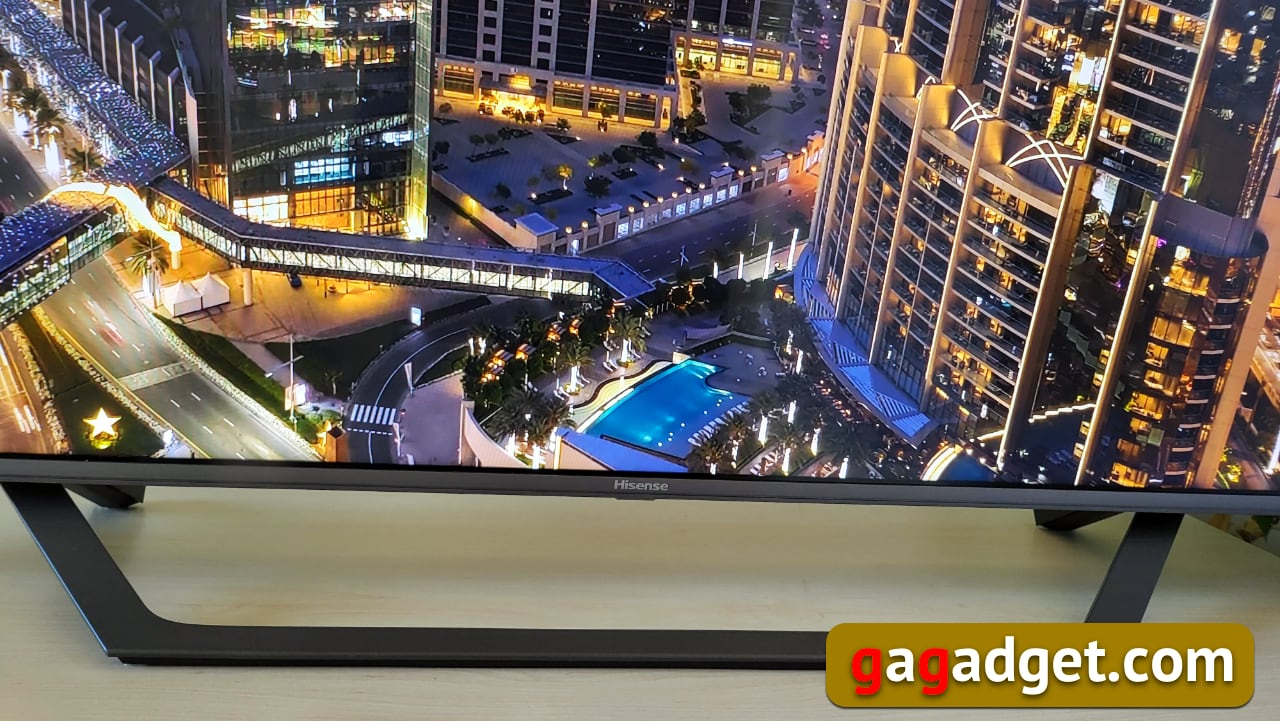

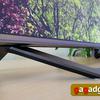
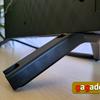

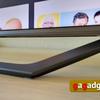
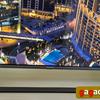
Connectivity Options
The TV has a standard set of connectors. There are two USB (one of them is USB 3.0), three HDMI connectors (specification 2.1 is not supported), there is a separate headphone output. The model also supports dual-band Wi-Fi and Bluetooth.
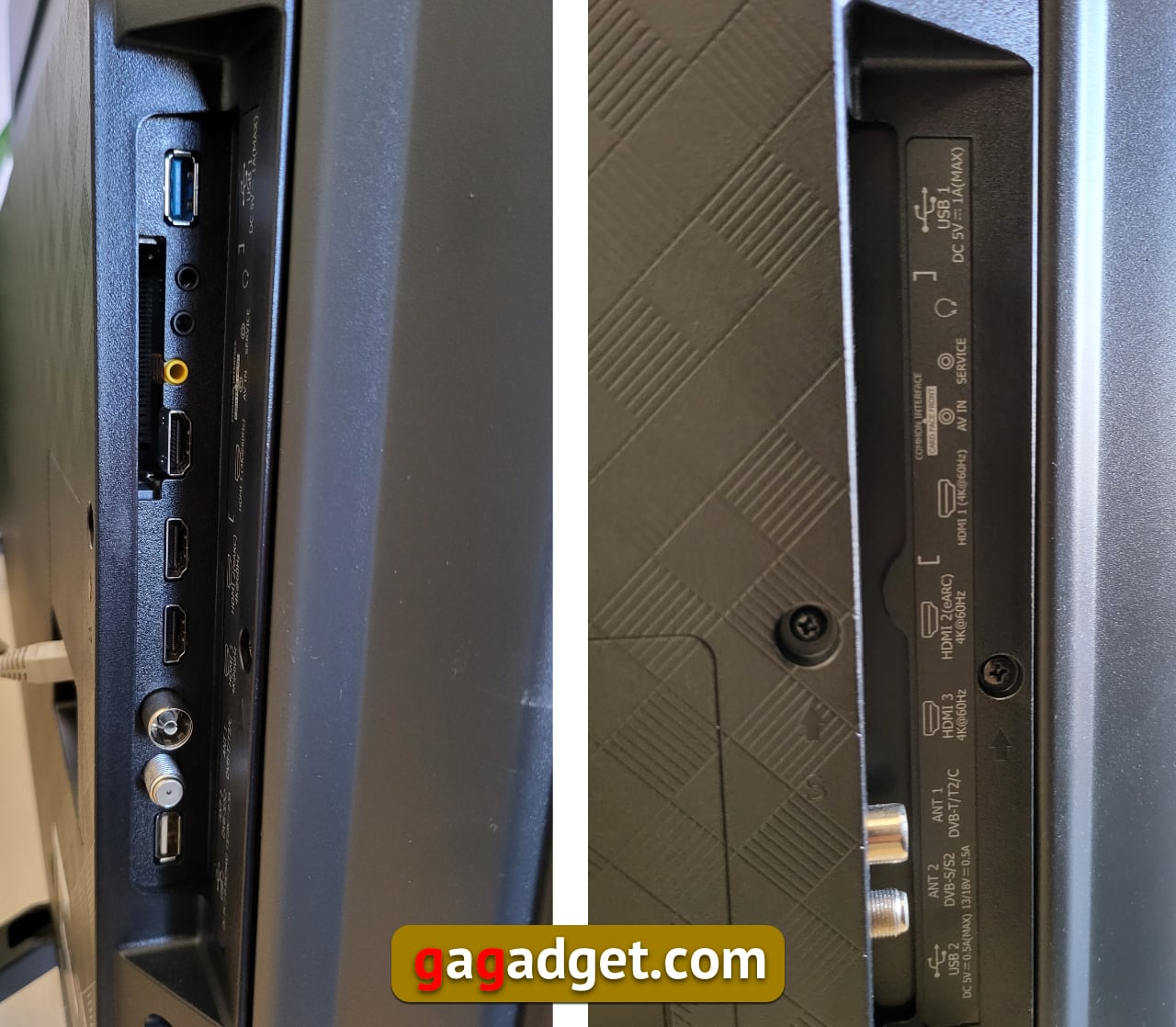
Of course, there is an Ethernet connector (in general, it is always better to connect a smart TV by cable) and an optical audio output.
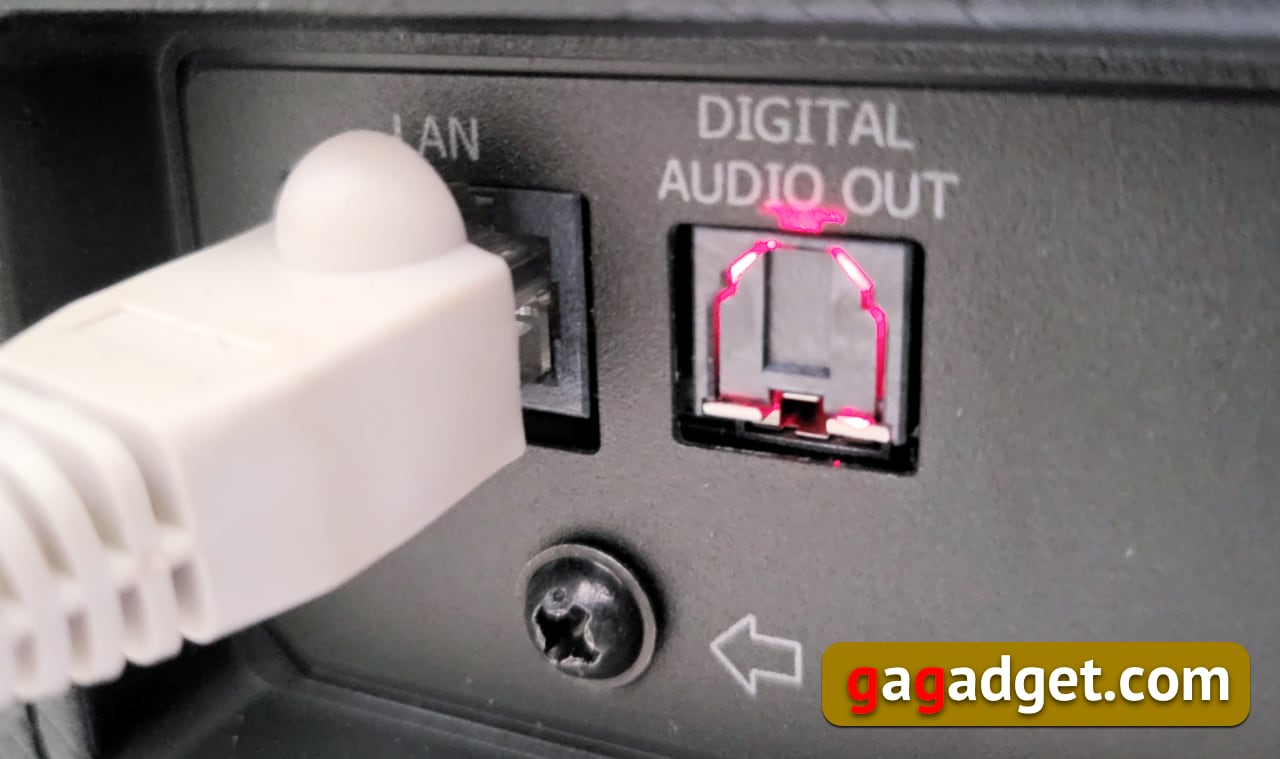
Remote Control
The Hisense 55A7GQ remote control looks quite ordinary, if it were not for the fuss with buttons to launch specific applications, some of which you will never use (I can hardly imagine a user who watches YouTube, Netflix, Amazon Prime, Facebook Watch, as well as RakutenTV and UEFA-TV). Besides, it is too light for my taste, there is no such important solidity in it, you know. As for the rest, the remote control is all right - the navigation key, convenient channel and volume switching, there are even convex elements like Braille for the convenience of work in the dark by touch (one of them is clearly visible near the off button). The only thing that confused me was the polished socket in the lower part of the remote control, under the keys. In the process of use it will inevitably be scratched, it would be better if the whole case had been left matte.
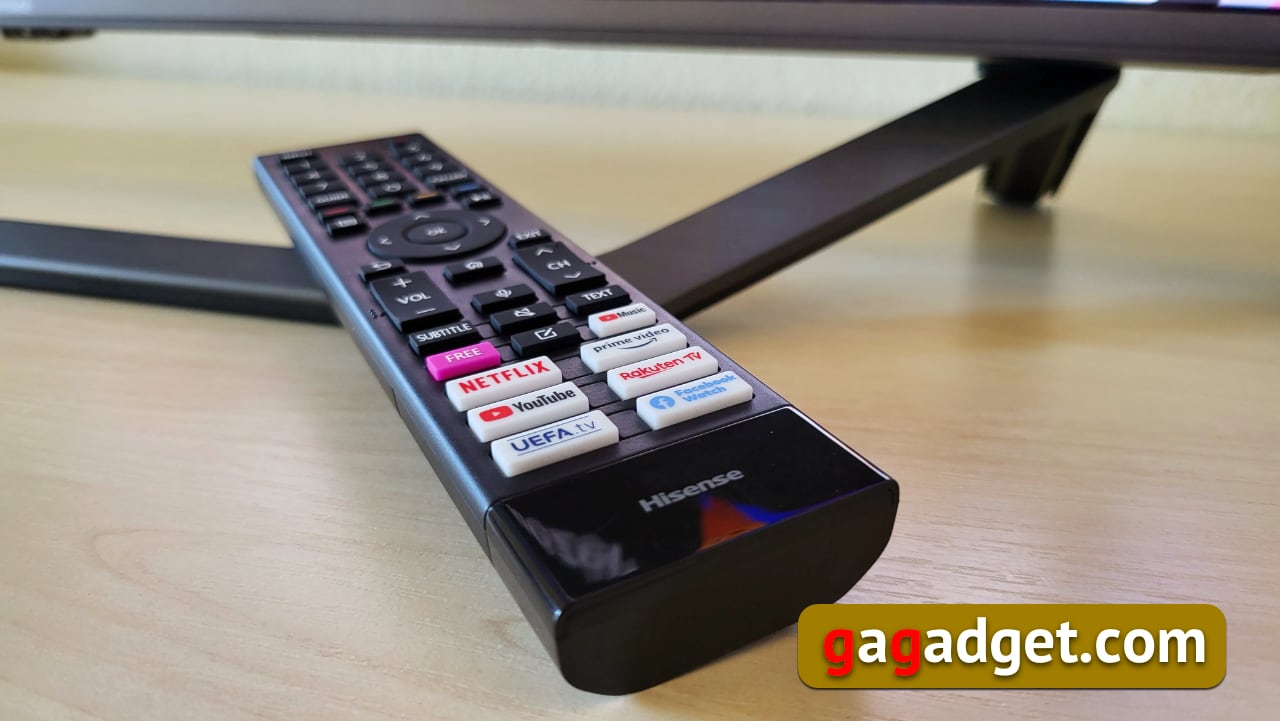
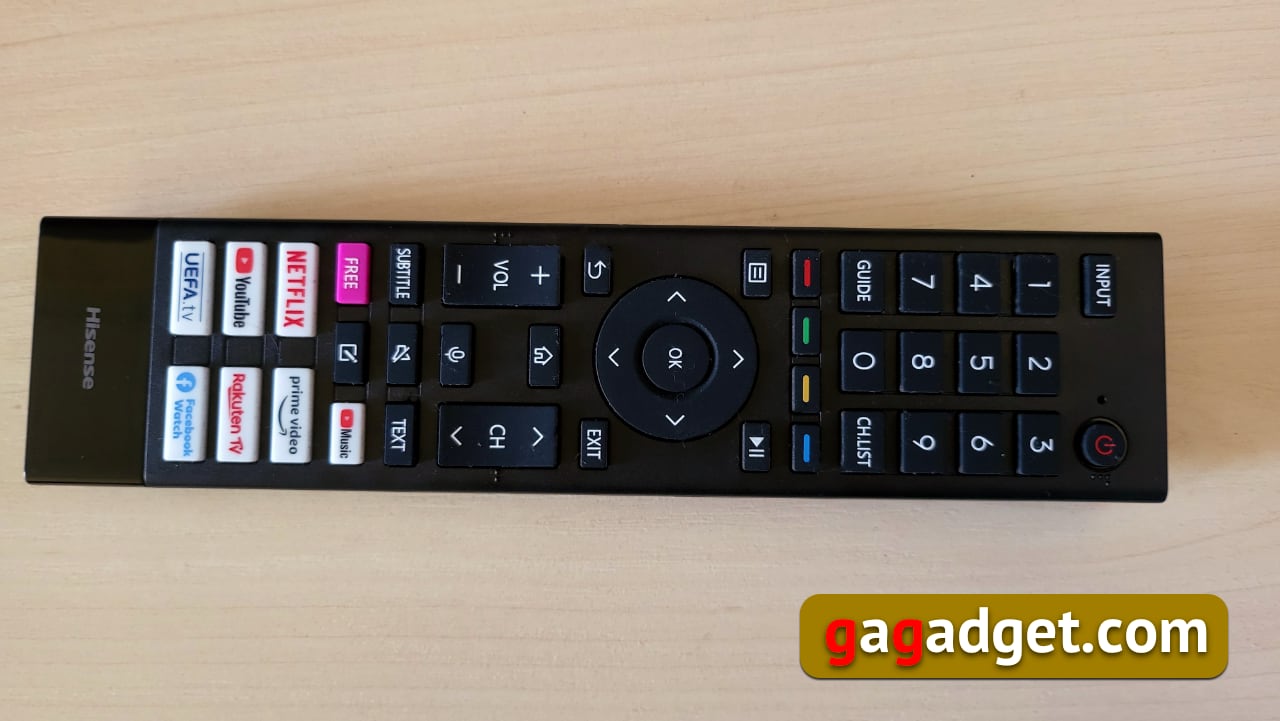

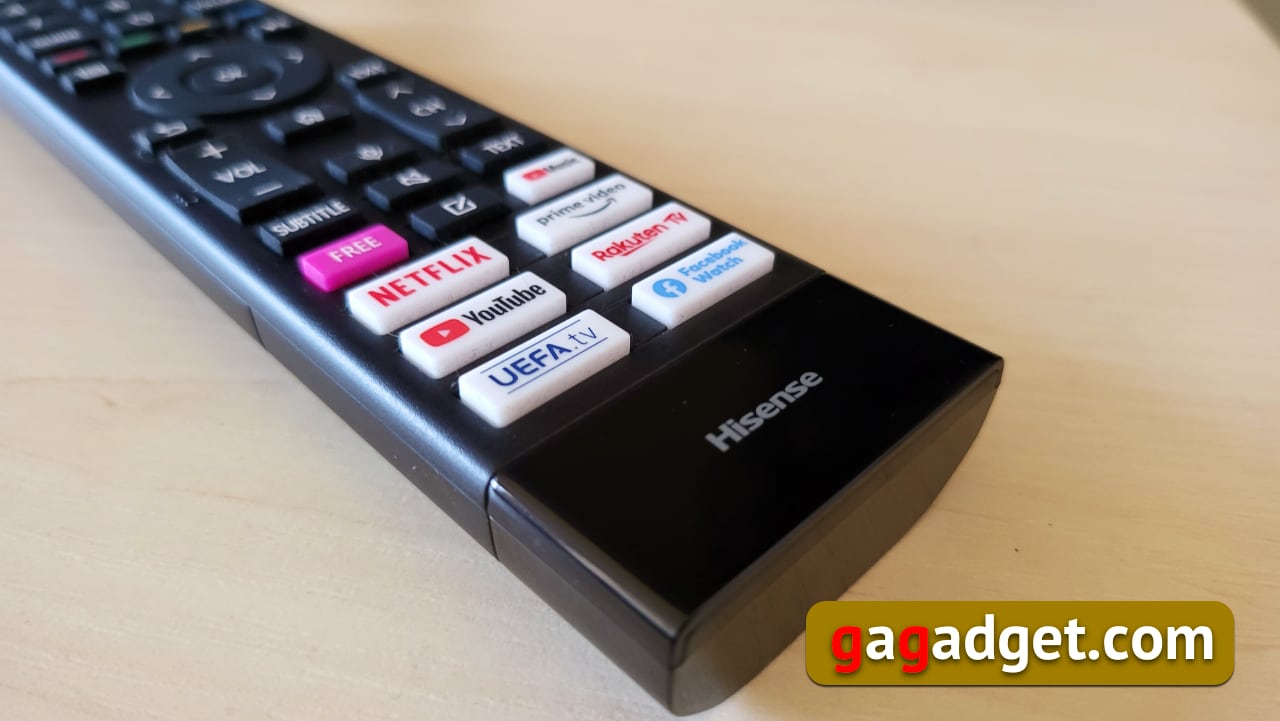
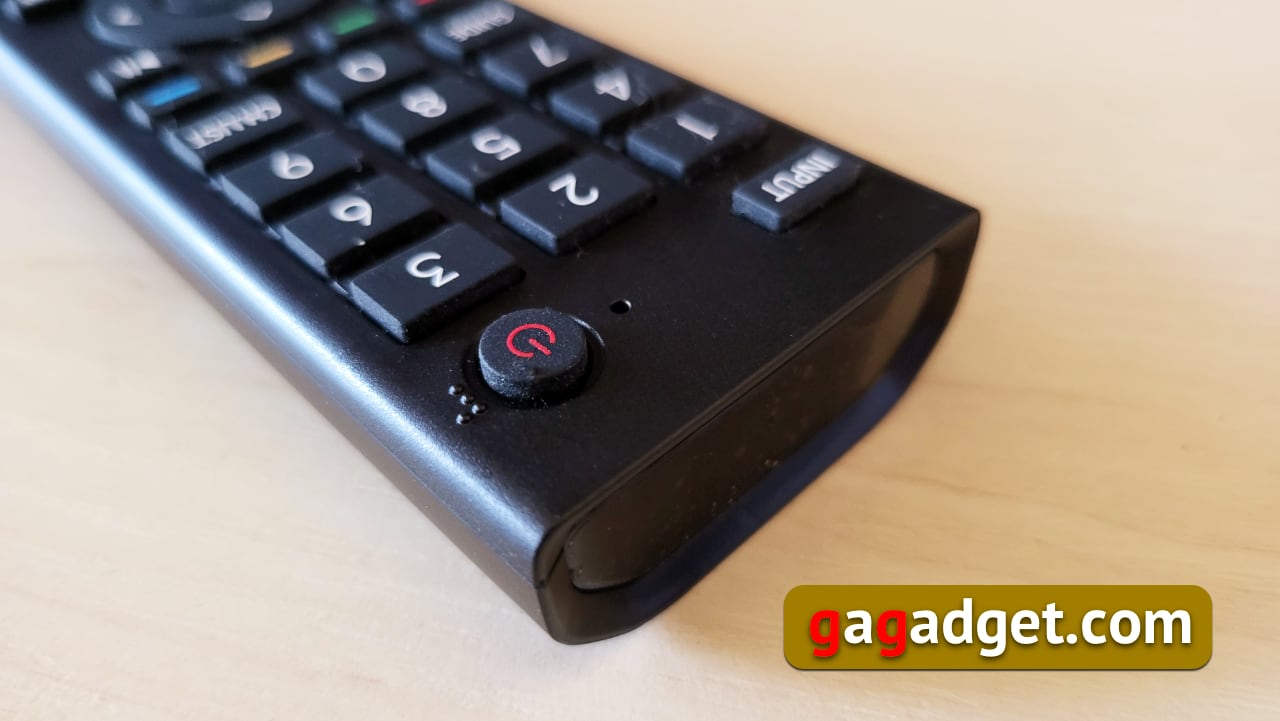
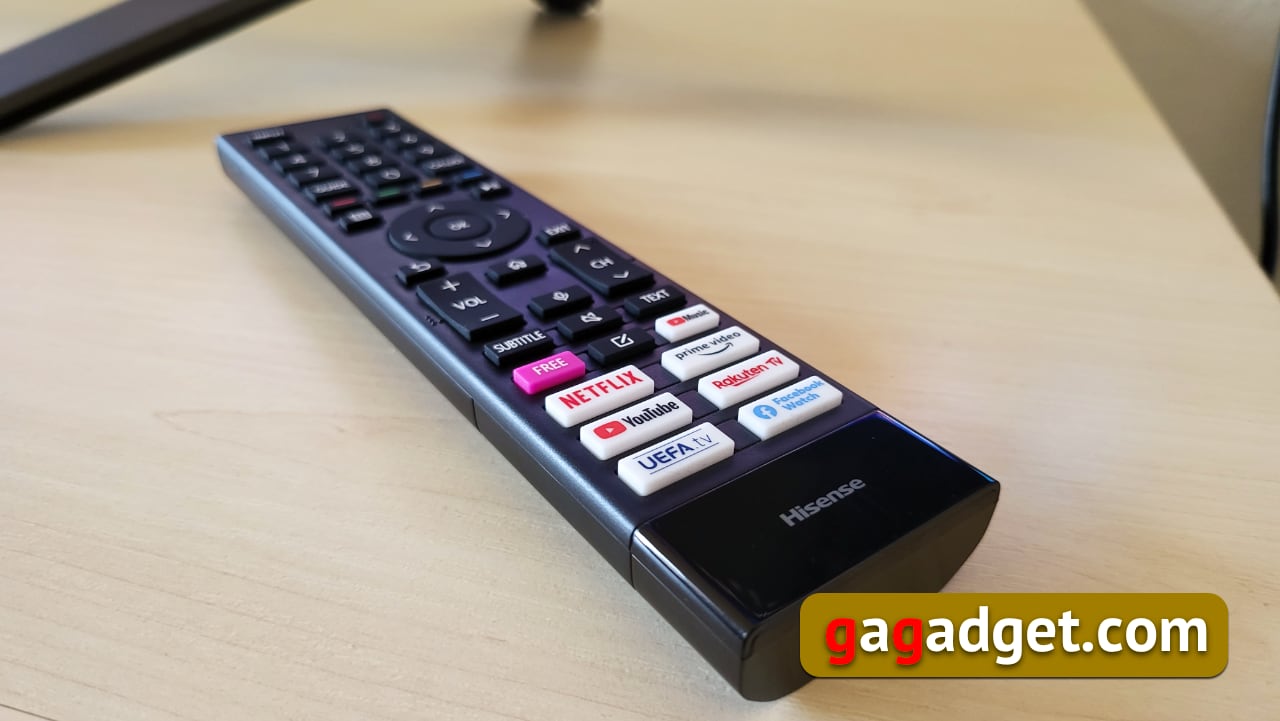
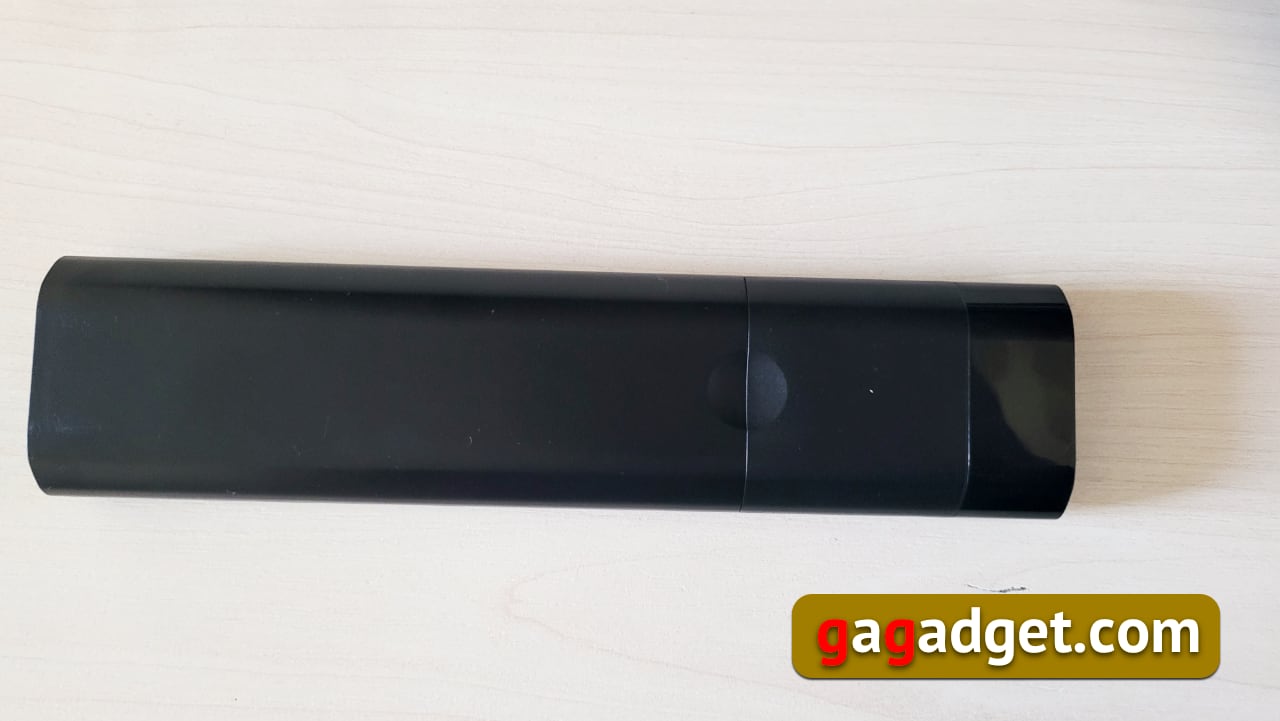
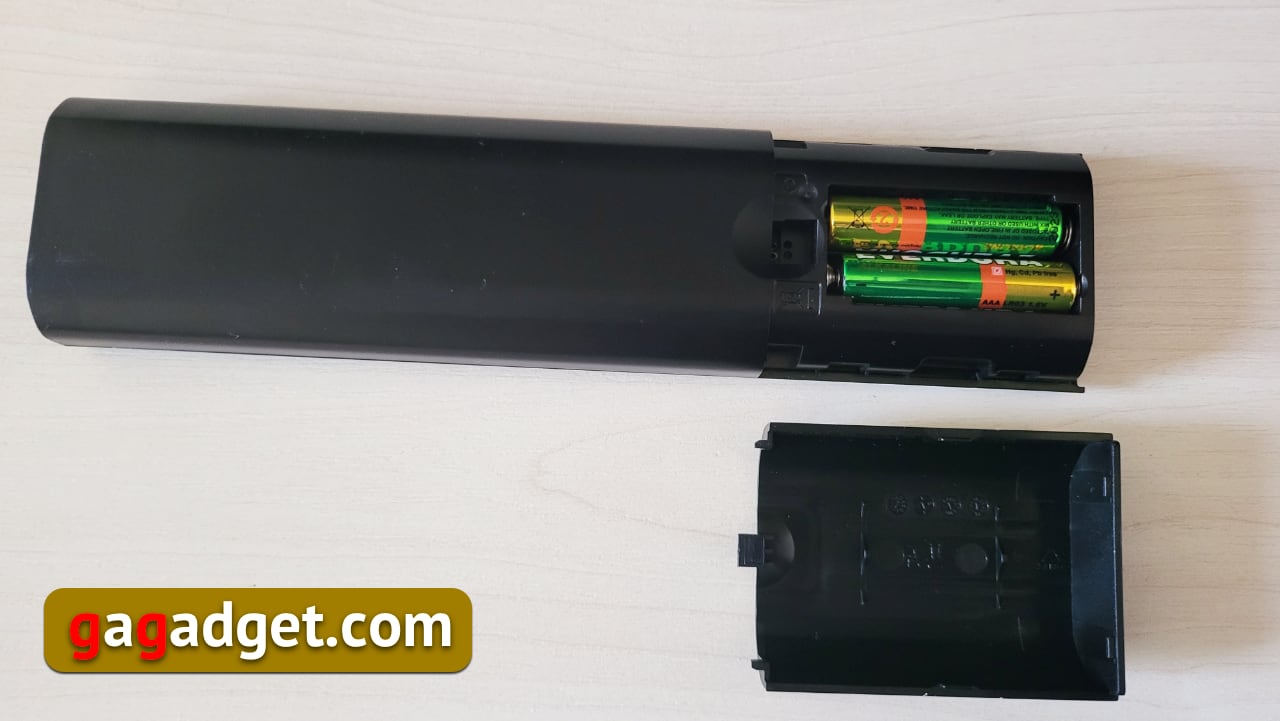
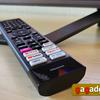

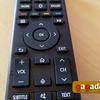
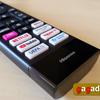
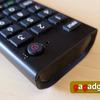
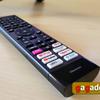
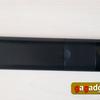
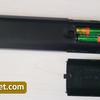
VIDAA 5.0 Smart Platform
Any Smart TV platform has approximately one set of components. This is the operating system that allows you to control the playback of media files (sound, photo, video), run applications and ensure that the TV performs all its functions: cable and wireless connection, control of TV channels (and their sources - antenna, cable provider card, etc.). An important part of the platform is the App store. I have not used VIDAA in previous versions, so it is difficult for me to assess what improvements have appeared in version 5.0, but I am sure that the average buyer of such a TV will find himself in exactly the same situation. And if the work of the whole system leaves a pleasant impression with its simplicity and speed of work (especially in comparison with Android TV, which regularly lags), then the VIDAA application store is the same as that of real competitors such as WebOS and Tizen, that is, nothing, in comparison with Android TV. In fact, there are only very simple casual toys of the Tetris class and numerous applications of all possible video streaming services from all countries. In addition, the most significant of these applications have their own separate start buttons on the remote control.
This bitter pill is very much softened by the fact that this set is really enough to use the TV for its intended purpose - watching TV, movies and TV shows. After all, TVs on other platforms, with the possible exception of Android TV, are exactly the same. And the complaining voice of their users about the lack of applications is something that is not heard.
VIDAA Smartphone App
As befits any modern smart TV platform, VIDAA has a smartphone app. It is called VIDAA Smart TV and is available for Android. It allows you to view the list of applications available for the TV (and installed - this is the second list), start viewing photos and videos and listening to music from the phone's memory and work as a remote control (it is definitely more convenient to enter text for search from the smartphone keyboard than to sort through the letters on the virtual keyboard TV, although searching by voice is, of course, even more convenient).

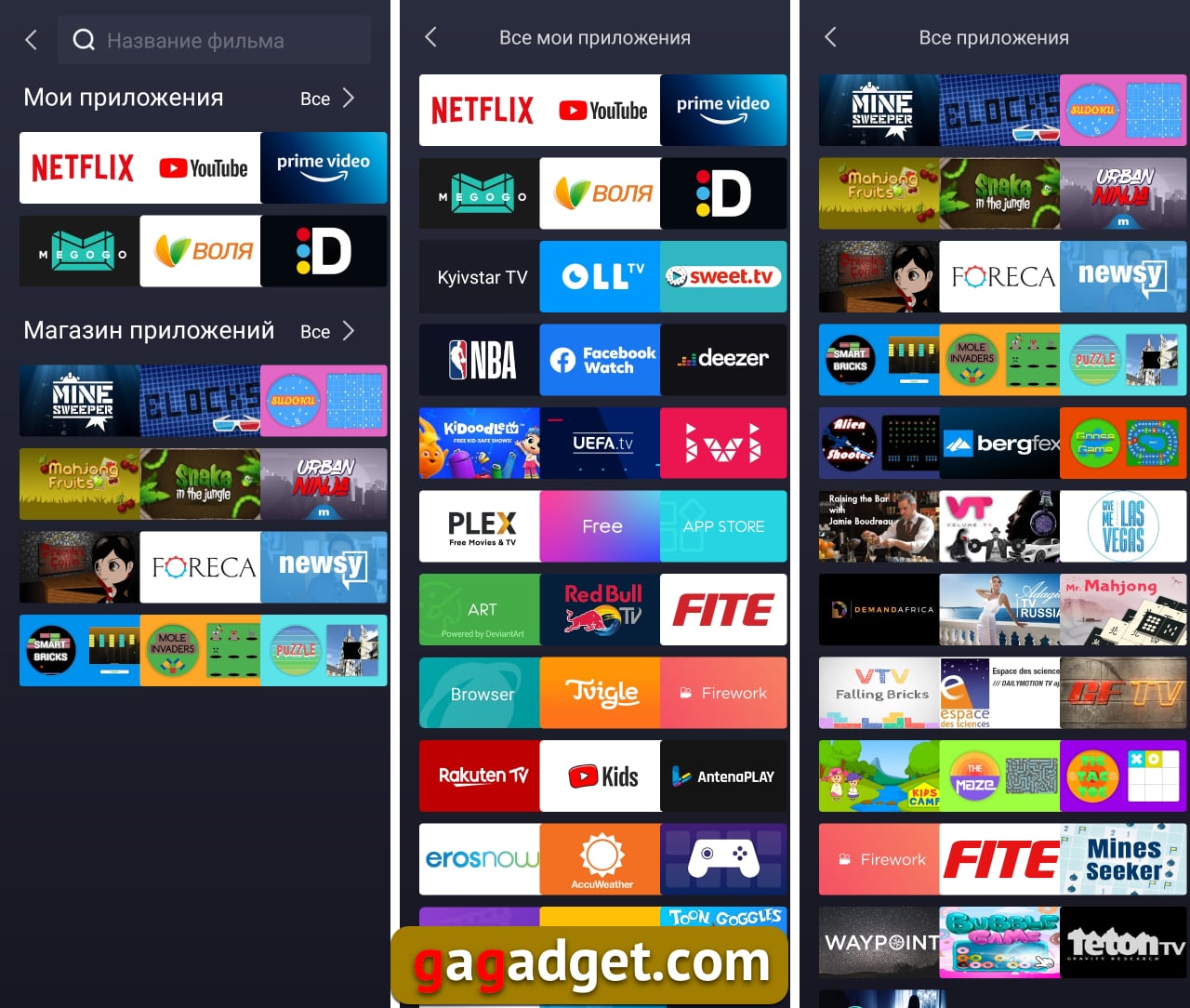




Hisense 55A7GQ in Operation
Picture
There are two things we are interested in in a TV: picture and sound. In terms of picture - brightness, richness and black depth - this TV is between the best LCD TVs and more expensive OLED and QLED models. That is, miracles do not happen - you will not get "the same, but cheaper", but you will definitely see the difference with LCD TVs with the naked eye.
Sound
In terms of sound, on the contrary, Hisense 55A7GQ leaves the best impression. I don't know whether it is Dolby Atmos or something else, but when watching, it is easy to distinguish different sound profiles by ear. There are interesting profiles, for example, night sound mode, when the general volume level is lowered, but dialogues are highlighted. In general, all this works and it makes sense to use it all. For entertainment lovers and connoisseurs of digging into the settings with their hands there is a 7-band equalizer.
Gaming Mode
Game lovers were not left without attention. The TV has two mutually exclusive modes - with the priority of low latency or high bitrate. It will not be possible to achieve record low response values, inherent in more expensive Hisense 55A7GQ TV, but this model does not aim to be the best of the best, it is enough to be "top for its money".
Voice Search
A separate kind word deserves voice search and voice commands. In general, voice commands on TVs are already ten years old - they appeared with the first generations of smart TVs. But they have not really taken root, although on Android TVs they can be used to search for movies. But VIDAA creates the impression of working with voice - you need to hold down the appropriate button on the remote control, say the phrase and release the button.
The accuracy and speed of recognition are worthy of respect. For example, you can set the command "set the volume level to 20" or "go to the brightness settings". It is clear that voice can be used to launch YouTube or Netflix applications and others.

Hisense A7GQ TVs Line
55A7GQ vs 55U7QF
Other 55-inch Hisense QD Smart TVs are available for purchase today. For example, last year's model Hisense 55U7QF, which has an interesting design with an ultra-thin frame (only 1.7 mm on top and sides). It has a higher brightness - 450 nits against 350 in 55A7GQ, but it is not suitable for modern games - the response time of the matrix is "less than 50 ms" against 8 ms in 55A7GQ. And the previous version of the VIDAA 4.0 smart platform.
55A7GQ vs 55E76GQ
The second 55-inch alternative is the Hisense 55E76GQ. This is a 2021 TV, with minor differences from Hisense 55A7GQ with a different stand design.
Hisense 43", 50" & 65" TVs
In addition to the 55-inch models, Hisense also offers 43, 50 and 65-inch TVs in the A7GQ series. Apart from size and weight, they differ only in the lower speaker power of the basic 43-inch model. It has a pair of 7-watt instead of 10-watt speakers.
| Hisense A7GQ Line | ||||
|---|---|---|---|---|
| Model | Hisense 43A7GQ | Hisense 50A7GQ | Hisense 55A7GQ | Hisense 65A7GQ |
| Diagonal | 43 "(109 cm) | 50 "(127 cm) | 55 "(139 cm) | 65 "(165 cm) |
| Dimensions (edit) | 962x560x86 mm | 1117x647x77 mm | 710 × 123x77 mm | 1449x835x78 mm |
| The weight | 8.7 kg | 11.2 kg | 12.3 kg | 18.5 kg |
| Sound | 2x7 W | 2x10 W | ||
Finally, the main technical characteristics of the TV Hisense 55A7GQ in brief.
| Technical Characteristics of Hisense 55A7GQ | |
|---|---|
| Screen | 55" (139 cm), Quantum Dot, 4K ( 3840x2160), 16: 9, 350 nits |
| Dimensions (without stand) |
710 × 123 x 77 mm |
| Dimensions (with legs) |
768 × 123 x 250 mm |
| Weight | 12.3 kg / 13 kg with legs |
| Operating system | VIDAA 5.0 |
| CPU | 4-core NovaTek NT72671D (2 cores Cortex-A73, 2 cores Cortex-A52) |
| Image technology | HDR, Dolby Vision |
| Memory | 8 GB storage, 1 GB RAM |
| Communications | dual-band Wi-Fi 802.11ac, Bluetooth |
| Connectors | CI, HDMI x 3 , USB 2.0 x 1 , USB 3.0 x 1 , Ethernet, optical audio out, composite RCA in, 3.5mm headphone jack |
| Sound | 2x10 W, Dolby Atmos |
| Energy efficiency | Class G (160W standby, 0.5W off) |
3 Things to know about Hisense 55A7GQ TV:
- This is a 55-inch 4K TV powered by Hisense's proprietary VIDAA 5.0 smart platform
- It has a quantum dot panel that makes it far above any LCD TV
- Good audio implementation with support for Dolby Atmos and voice commands
